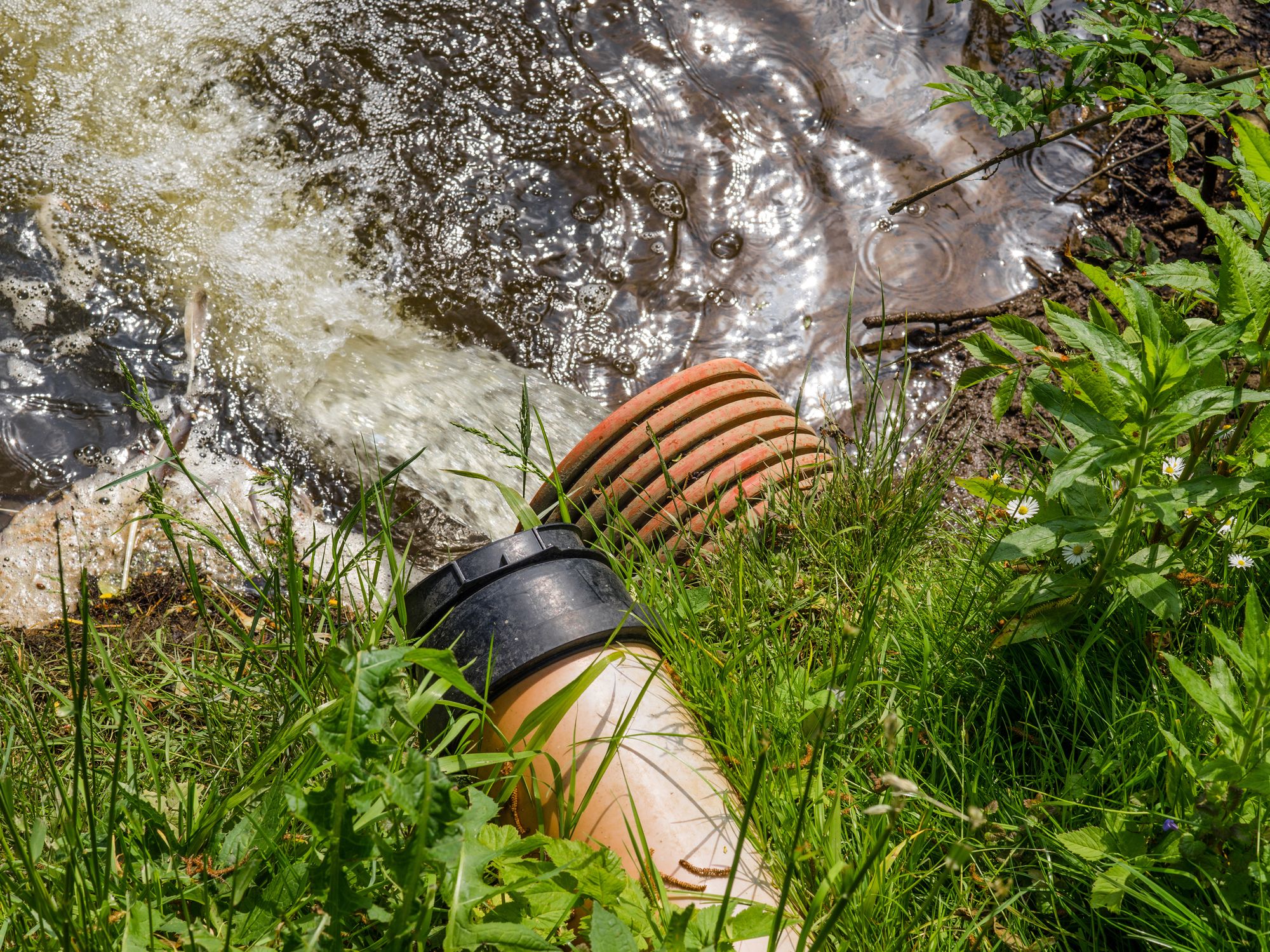Exemptions

- Exemptions to reporting requirements exist when oil spills to do not reach navigable waters or adjoining shorelines; when oil is released from a properly functioning vessel engine; for certain approved research and demonstration purposes; and a few others.
Several types of oil spills do not need to be reported.
Discharges that did not reach navigable waters or adjoining shorelines
If a discharge has not reached navigable waters or adjoining shorelines, it is not reportable. For example, if a tank leaks a puddle of oil into a building’s basement, this would be considered a discharge of oil, but it is not reportable if the oil did not reach a navigable water or adjoining shoreline. However, groundwater may be a conduit to navigable water or an adjoining shoreline.
Properly functioning vessel engines
Discharges of oil from a properly functioning vessel engine are not deemed to be harmful; therefore, they do not need to be reported under the Discharge of Oil Standard. However, oil accumulated in a vessel's bilge is not exempt.
Research and development releases
The Environmental Protection Agency (EPA) may permit the discharge of oil on a case-by-case basis in connection with:
- Research,
- Demonstration projects, or
- Studies relating to the prevention, control, or abatement of oil pollution.
However, the Discharge of Oil Standard specifically forbids the use of dispersants or emulsifiers to circumvent the standard.
NPDES-permitted releases
Three types of discharges subject to the National Pollutant Discharge Elimination System (NPDES) are exempt from oil spill reporting:
- Discharges in compliance with a permit under section 402 of the Clean Water Act (CWA), when the permit contains either an effluent limitation:
- Specifically applicable to oil, or
- Applicable to another parameter that has been designated as an indicator of oil.
- Discharges resulting from circumstances identified and reviewed and made part of the public record with respect to a permit issued or modified under section 402 of the CWA, and subject to a condition in such permit. This exclusion addresses situations where the source, nature, and amount of a potential oil discharge was identified, and a treatment system capable of preventing that discharge was made a permit requirement.
For example, if a discharger has a drainage system that will route spilled oil from a broken hose connection to a holding tank for subsequent treatment and discharge, the treatment system must be sufficient to handle the maximum potential spill from that source. Spills larger than those contemplated in the public record are not exempted. - Continuous or anticipated intermittent discharges from a point source, identified in a permit or permit application under section 402 of the CWA, which are caused by events occurring within the scope of relevant operating or treatment systems. This exclusion applies to chronic or anticipated intermittent discharges originating in the manufacturing or treatment systems of a facility or vessel, including those caused by periodic system failures. Discharges caused by spills or episodic events that release oil to the manufacturing or treatment systems are not exempt from reporting.
Discharges permitted under MARPOL
Certain discharges beyond the territorial seas (defined as extending three miles seaward from the coast) are allowed if they are permitted under international law. The International Convention for the Prevention of Pollution from Ships (MARPOL), as amended, prohibits the discharge of oily mixtures (defined as mixtures with any oil content) from a tanker except when all of the following conditions are met:
- The tanker is proceeding en route,
- The tanker is more than 50 miles from the nearest land,
- The instantaneous rate of discharge does not exceed 60 liters per mile, and
- The total quantity of oil discharged in any ballast voyage does not exceed 1/15,000 of the total cargo carrying capacity.
In addition, MARPOL allows discharges in quantities verified by a monitoring system to be less than or equal to 15 parts per million, regardless of whether the discharge causes a sheen. Therefore, discharges permitted under MARPOL into waters seaward of the territorial sea are exempt from U.S. oil spill notification requirements. Such discharges may include the operational discharge of limited quantities of oil-water mixtures from ships.
